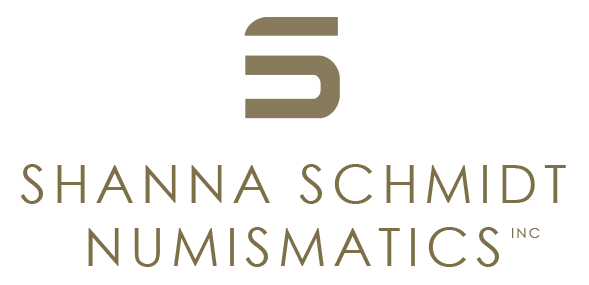Thrace, Moesia. Istros, , c. 4th cen BC
Thrace, Moesia. Istros, , c. 4th cen BC
AR Drachm, 5.71g (19mm, 1h).
Two young male heads facing and united, one inverted. / IΣTPIH Sea eagle l. with dolphin perched in its talons; control above tail.
gk1925
Scroll down for more information about this coin.
Despite the existence of a number of theories, the most interesting one was posed in 2005 by William Saslaw and Paul Murdin. The two noted academics of the Cambridge Institute of Astronomy authored a joint article which argued that these iconic Istrian coins were actually the earliest numismatic commemoration of a solar eclipse. The two astronomers discovered that at 6:30 am on the 4th of October 434 BC a partial eclipse was visible in the skies over Istros. The sun would have appeared as a crescent with the points upwards, like a set of horns. However, due to the differing speeds of the planetary bodies, the sun would have risen faster causing the horns to flip. Saslaw and Murdin argue that “Clearly the sun-god was up to something astonishing” with the imagery being “memorable” and “worth recording”.

